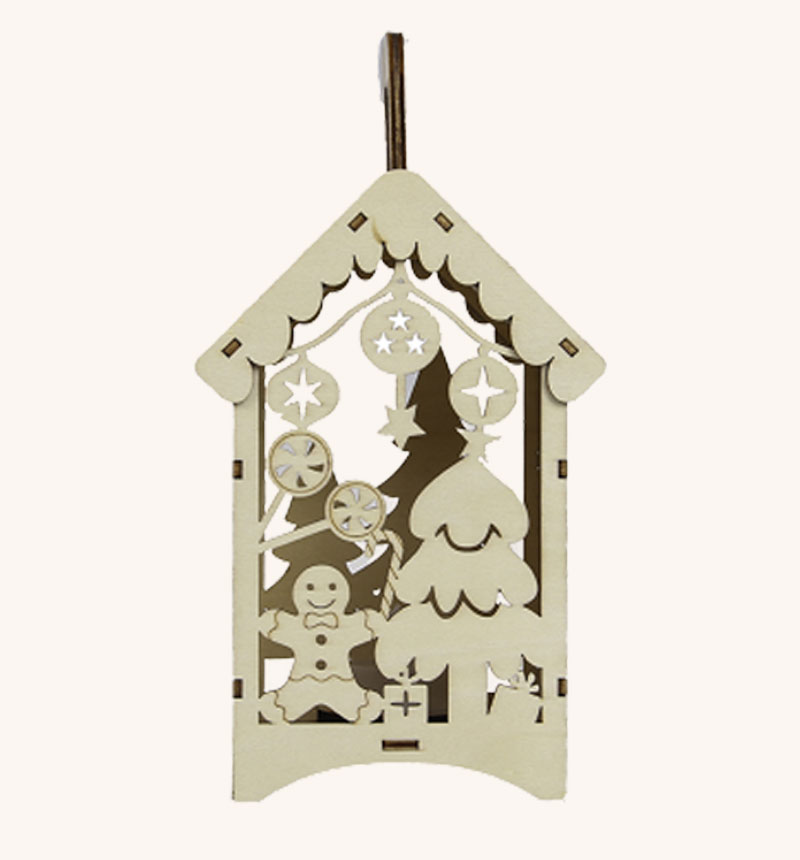Maple is divided into soft maple and hard maple. It is a temperate wood and is produced in the south of the Yangtze River valley to Taiwan, and abroad in the eastern United States. The wood is gray-brown to gray-red, with inconspicuous annual rings, many and small tube holes, evenly distributed. The maple grain is staggered, the structure is very fine and uniform, the weight is light and hard, and the pattern is excellent. Easy to process, less smooth cut surface, easy to warp when dry. The paint coating performance is good, and the adhesiveness is strong. Mainly used for thin surface of sheet metal.
Advantage:
1. The texture of maple is interlaced, the structure is fine and uniform, the weight is light and hard, the pattern is excellent, the color is harmonious and unified, and there is no scar. It is a high-grade wood for decoration. The best maple in the world is Canadian maple, which also has the characteristics of warm winter and cool summer.
2. Maple is a wonderful flower in the natural landscape, and it is also a good material for architectural decoration. It is easy to machine, has a less-smooth cut surface and is prone to warping when dry. The paint coating performance is good, and the adhesiveness is strong. Strong nail grip, firm, strong, durable, beautiful and high-grade.
Shortcoming:
The cut surface of maple is not smooth enough, and the handicraft is not good. At the same time, the dry shrinkage of maple is relatively large, and it is easy to warp when dry.

Walnut:
Walnut is one of the better quality woods, mainly produced in North America and Europe. Domestic walnut, lighter in color. Black walnut is light dark brown with purple, and the chord section is a beautiful large parabola pattern (big mountain pattern). Black walnut is very expensive, and veneer is usually used for furniture, and solid wood is rarely used.
Advantage:
1. The color of walnut wood is elegant, the wood grain is exquisite and unique, clear and charming, and the handicrafts produced are elegant and generous; 2. The sweat rate of walnut wood is low, and the shrinkage and swelling of the wood will not have a significant impact on walnut wood handicrafts; 3. Walnut wood Crafts are not easy to crack, deform and so on. 4. Strong hot-pressing ability; strong durability; strong anti-corrosion ability of heartwood.
Shortcoming:
1. The price of walnut wood crafts is high, and it is difficult for ordinary families to afford it;
2. The wood structure of walnut is not as compact as that of mahogany, and its compressive and bending resistance is only moderate; 3. The exposed parts of walnut handicrafts need to be well protected to avoid damage.
4. The sapwood is easy to be damaged by beetles; the bending resistance and compression resistance are moderate, and the toughness is poor.
Rosewood:
Rosewood, also known as "scented mahogany", belongs to the genus Rosewood and is similar in composition to rosewood.
Rosewood is distributed in tropical regions of the world, mainly from Southeast Asia, South America, and Africa. It has been introduced and cultivated in Hainan, Yunnan and Guangdong and Guangxi regions of my country. Among the rosewoods produced in Southeast Asia, Thailand is the best, followed by Myanmar.
The color of rosewood is relatively uniform. Its wood is hard and light in weight. It can float in water. The wood color ranges from light yellow to dark reddish brown. Dark streaks are visible. Grinding, high strength.
Rosewood is delicate in wood and beautiful in color. The wood knot pattern is round and halo like money, and the texture is clear and beautiful.
Advantage:
Rosewood is not easy to dry, sapwood and heartwood have a large difference in chord shrinkage, corrosion resistance and friction resistance, rosewood has strong nail holding power, good mechanical strength, and is easy to carve and process, smooth surface, good bonding and finishing performance. It is not easy to corrode, resistant to friction, the overall structure of the handicraft is firm, the engraving patterns are very delicate, the paint is not easy to fall off, the handicraft is not easy to change color, etc., and the collection value is relatively high.
Shortcoming:
It is easy to suffer from moth-eaten problems. If it is an old rosewood handicraft, there may be insect eyes in some places; however, the material is scarce, so the rare is the most expensive, and the price of the rosewood handicraft is relatively high.

